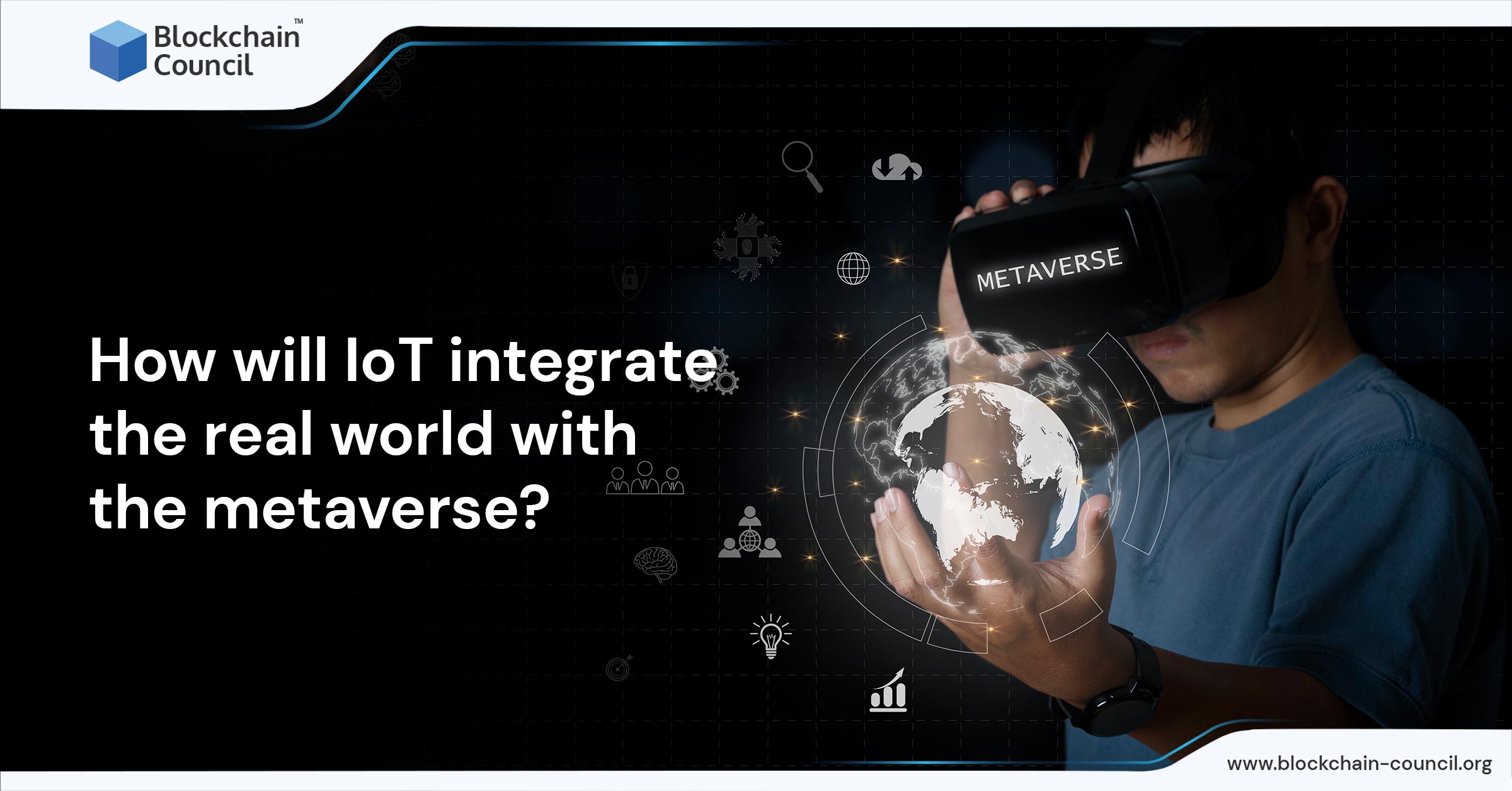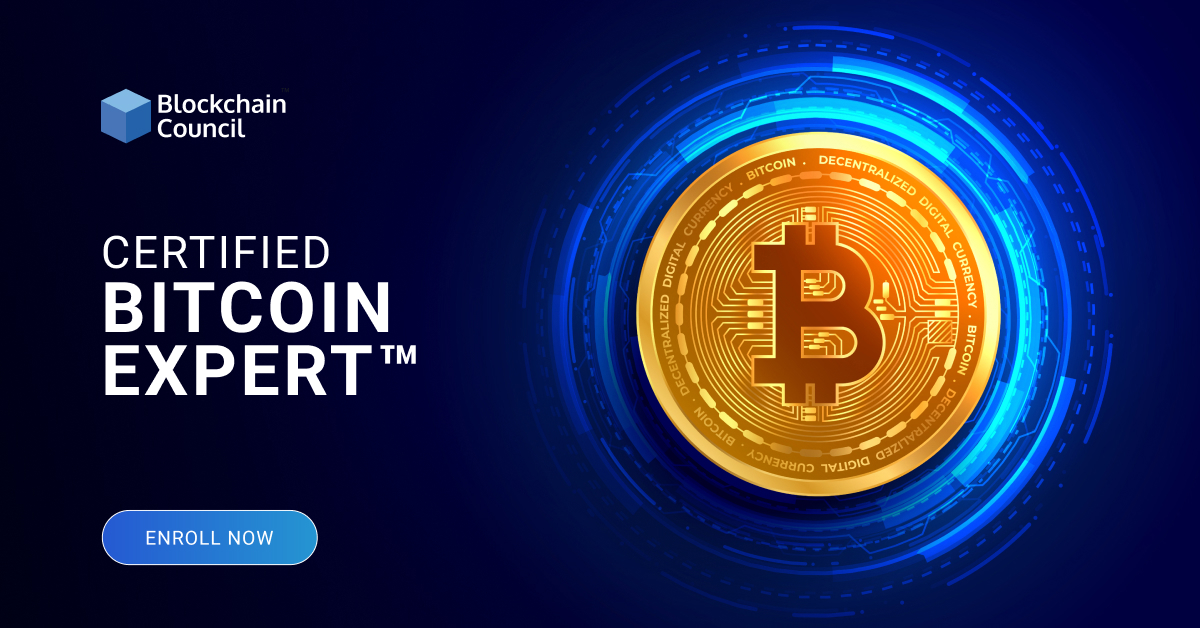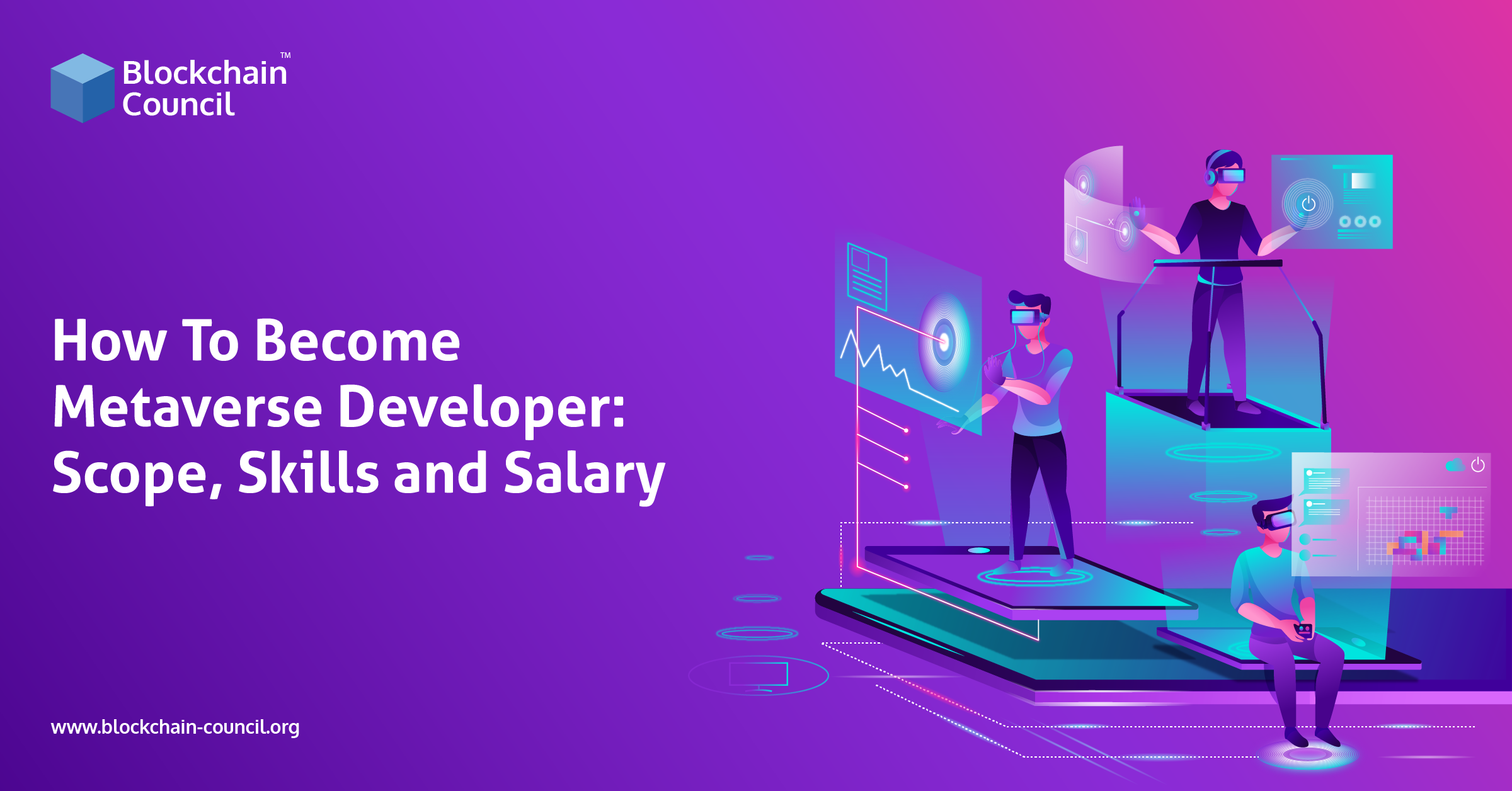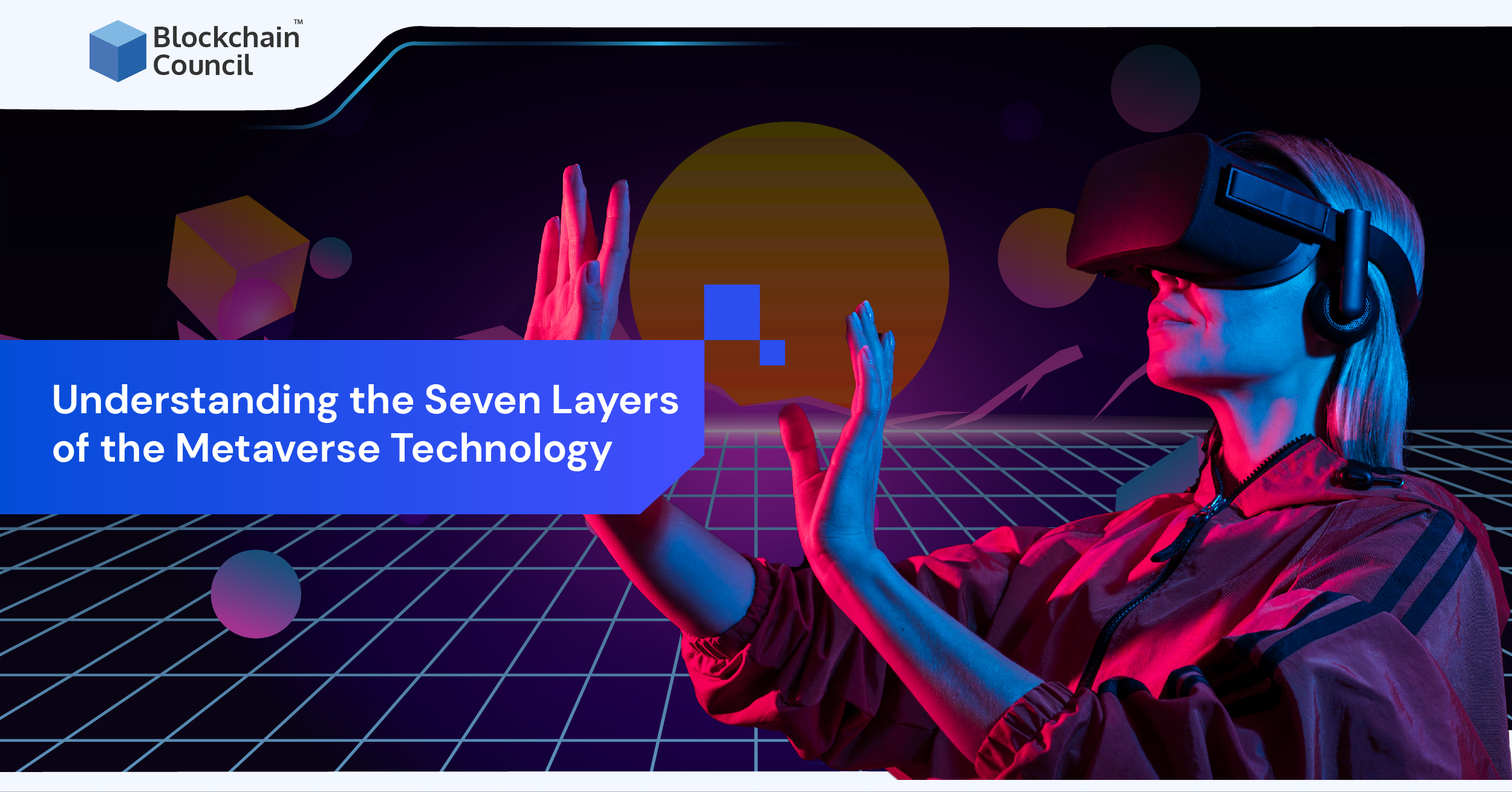
- Neeti
- September 12, 2022
Ever since we moved from the primitive era, we have experienced changes in our thinking, behaviour, and how we respond to the outside world. Humans, in general, are demanding when it comes to gains. We crave for more, go for things even when our hands are full, and chase targets that provide us with an extra ooze of satisfaction. We always try to fill our pockets with more and more because it is impossible to keep our instincts in control when the world has so much to offer. So, when we get an ounce of something, we strive to dig in further to relish more of it. The human greed to have more is what has pushed technological evolution to reach its peak.
From a phase where owning a computer was a luxury, we have ushered into the era of the Metaverse, where the virtual world seems more real than the actual real world we live in. Virtual world technology has gained insane popularity recently, especially after Facebook rebranded itself as Meta Platforms to strengthen its hold in the developing industry. Metaverse technology is growing into a full-fledged business domain with active participation from global business entities. Tech experts have found their favourite experimentation hub in Metaverse. They are exploring new ways to utilize the potential of metaverse as an industrial resource for innovation. However, this expansion is not possible singlehandedly, and this is where the importance of IoT gets quadrupled.
The Internet of Things (IoT), as we define it, is a robust digital network of interconnected physical devices we use every day. It leverages a link between the physical world and the technological realm. With IoT, billions of tech devices are connected, through wired or wireless channels, to share information, interact, and access data resources. IoT is an important pillar of the Metaverse infrastructure, which depends on the former for unleashing its maximum potential. The combination of IoT and Metaverse will likely open new opportunities for growth and development within the tech space. This article will share insight into how integrating IoT with Metaverse will bring the real world closer to the virtual world we are quickly moving to. So, let’s start digging out some important answers here:
A bit about Metaverse Technology
In Layman’s words, Metaverse is a virtual space where we can seek our escape from the hustle of the physical world. It denotes a 3D virtual ecosystem that combines a network of digitally simulated real-world environments for users to interact, earn, work, socialize, and play. What makes Metaverse even more powerful is the use of blockchain technology which gives it the much-needed decentralized setup. The metaverse blockchain cluster helps to avoid interference from central authorities and ensures high-end security, transparency, and immutability.
The technology employs Virtual Reality, Augmented Reality, and Artificial Intelligence to blur the line between the virtual and real worlds. Put on your special gears such as VR-AR supported headsets, smart glasses, and remote handles and find yourself getting drenched in the Metaverse realm. Neal Stephenson coined the idea of virtual world space in the popular novel ‘Snow Crash’.
Consider it to be the advanced, high-tech version of the Internet we are using currently. It allows us to explore the web without being latched on to the computer screen like in the present scenario. All you need to do is to unbuckle your horses of imagination and free them to run wild. Metaverse takes participants to a virtual world where technology makes the surroundings even more immersive and interactive.
For instance, when playing a Metaverse game, you can actually feel the fun of a real battleground while sitting on your favourite couch. It opens doors for more liberal social interactions between Metaverse communities. Users can play games, watch movies, visit a shopping mall, chat, or simply relish the beauty of one of the world’s seven wonders. Metaverse helps users to explore places around the world from within their homes. It offers a 3D view of things we see in the real world but with advanced VR and AR features for enhanced experiences. The use of digital avatars makes metaverse even more interesting. These are digital identities that represent humans in the metaverse. E-games have gained immense popularity through the introduction of these digital avatars. Users can use metaverse wallet solutions to ensure a safe gaming experience.
What is the Internet of Things?
Launched in 1999, IoT is a network of interconnected computing devices, digital machines, objects, things, and people. Each participant has a Unique Identifier (UID) code that helps them to transfer data across the network without man-to-man or man-to-machine interaction. The ecosystem comprises web-supported smart devices that employ embedded tools such as sensors, processors, and communication resources for collecting, wiring, and responding to perceived information.
The concept of a smart device’s network was coined in 1982 when a Coca-Cola vending machine was unveiled as the first ARPANET-suppported appliance at Carnegie Mellon University. However, the term ‘Internet of Things’ was first introduced by Kevin Ashton of P&G in 1999, though he promoted it as ‘Internet for Things.’ Since then, the terminology has evolved multi-dimensionally, garnering constant support from the industrial and non-industrial realms.
The participating devices share the sensor data by linking to a gateway or any other IoT device. Most of the work within the cluster is completed without human interferences; however, people can interact with the devices to give instructions or access data from them. IoT helps business entities expand their functional capacities globally without hassle. The technology has also helped multiple industrial domains to revolutionize their working paradigms. The movement of data from one source to another has become more secure, transparent, and reliable through IoT expansion.
Metaverse + IoT: The Future we are Pacing To
If we go by the expert speculations and rumours doing rounds in the market, we can say that Metaverse and IoT will revamp the tech space for good. When integrated together, Metaverse and IoT will unlock new opportunities for industrial domain, individual needs, and social requirements. The scope of this partnership will help Metaverse to overcome its limitations and expand its usability status to more diversified realms. IoT will allow virtual spaces to interact and access the real world seamlessly whereas Metaverse technology will offer the necessary 3D user interface for the IoT device cluster. This will provide a user-centered IoT and metaverse experience to the users. The combo will enable streamlined data flow and support data-based decisions through minimum training and efforts.
Importance of IoT in Metaverse
Internet of Things will play a significant role in combating one of the darkest challenges hovering over the Metaverse sphere. That is, the ability of Metaverse to extract data from the physical world and infuse it into the virtual world. To derive the desired outcomes, it is essential that the data mapped from the real environment is accurate, planned, secured, relevant, and in real-time. As IoT is already into the business for many years now with thousands of cameras, sensors, and tech devices in its cluster, it is quite an opportunity of exposure for the Metaverse.
Where earlier the most prized possessions were jewlery and gems, today it is data. The new gold, as we call it, has left us vulnerable to the outer world especially with the growing craze for social presence. Within the digital space, data is the most valuable resource as it gives the colors to the otherwise empty canvas of the digital realm. So, it is the capacity of Metaverse to extract the real-world data and implement it into its virtual ecosystem that will guarantee its success. The data ingestion will largely comprise flow from IoT devices as well. It is essential to represent this data in a meaningful pattern within the Metaverse while also ensuring its security and access for users. Firms are investing hefty amounts of capital on Metaverse projects featuring data intelligence solutions.
In simple words, IoT’s main objective will be to provide the necessary link between the exterior world and the digital space. To empower Metaverse, it is essential to build more advanced versions of IoT infrastructure that can easily support the complications of the digital environment. IoT will allow people to switch between the two worlds without any issue. The use of digital avatars within the IoT ecosystem will help to paint a new picture of the next-gen Internet.
How will IoT Connect the Real World with Metaverse?
IoT and Metaverse are like twin-technologies that are gearing up to change the way we interact, connect, and earn. They envision to help users access the Internet in a way that is more intuitive than passive. The pointers here will elaborate how IoT will connect the real world with Metaverse, so have a look:
-
Iot and Cloud Technology
The integration amid Internet of Things and Metaverse rests its soul on cloud technology. Cloud service providers will encourage innovation that will unlock advanced capacities for the industry. Developers will put in their efforts to carve out structural infrastructures that will speak about scalability, resilience, and seamless functionality. Popular cloud platforms like Amazon’s AWS and Microsoft are enabling developers and entities to utilize the best data services at their comfort and choice.
In case of lack of strong cloud services, the data flow will get hampered which will eventually affect participants working within the cluster. This will affect the processing power needed to wire the information pooled by IoT devices to the metaverse cluster in real-time. Enhanced interoperability between AR-VR devices and IoT data, supported by cloud providers, will pave way for the development of advanced solutions catering to the real-world issues.
-
Digital Replicas and Simulations for creating Real-life Experiences
The interconnected and powerful IoT architecture and data analytics designed on top of cloud technology, will give the push to the digital avatars in the metaverse. IoT will provide enhanced simulation these virtual human versions. For example, when using an e-game, users will be able to experience increased heart rate and breathing of their avatar, thus, giving them the feel of the real-world.
The combination of Metaverse and IoT will allow tech experts to create digital twins or replicas. IoT provides Metaverse will immersive use-cases and experiences through virtual humans and digital replicas. Without it, the metaverse would lack its power to render such realistic virtual experiences to its users. IoT will work as a catalyst for the metaverse space and will provide intuitive experiences for users during virtual shopping sprees, real estate purchases, gaming functions, etc. Metaverse training programs allow learners to create innovative projects for users with high-tech features supported by IoT and other technologies.
Firms are investing in R&D to discover ways in which metaverse can replicate smart cities and create virtual ecosystems for testing vehicles on virtual avatars rather than humans. This will be through simulations and virtual models and IoT will play an important role in creating engrossing experiences for users.
Conclusion
The intersection of IoT and Metaverse will allow tech experts to manifest the out-of-the-box thinking which is restrained in the traditional setup. As, Metaverse is in its growing stage, we cannot clearly define its potential and allot certain tags to it. IoT, on the other hand, has been around for years now, so a collaboration between the two will help both the concepts immensely. Where metaverse can seek deeper penetration from the collab, IoT can unravel new working capacities from it. However, despite all this, we need to stay alarmed about the cyber threats that can deepen the vulnerabilities within the metaverse ecosystem. The users should take advantage of the growth and explore Metaverse-IoT to unlock new opportunities for themselves within the sector.
If you are willing to learn metaverse concepts, then Blockchain Council is here to help you. Take the best metaverse course offered by the platform and sharpen your skills. The courses offer subjective as well as practical knowledge through training programs.


































































 Guides
Guides News
News Blockchain
Blockchain Cryptocurrency
& Digital Assets
Cryptocurrency
& Digital Assets Web3
Web3 Metaverse & NFTs
Metaverse & NFTs
